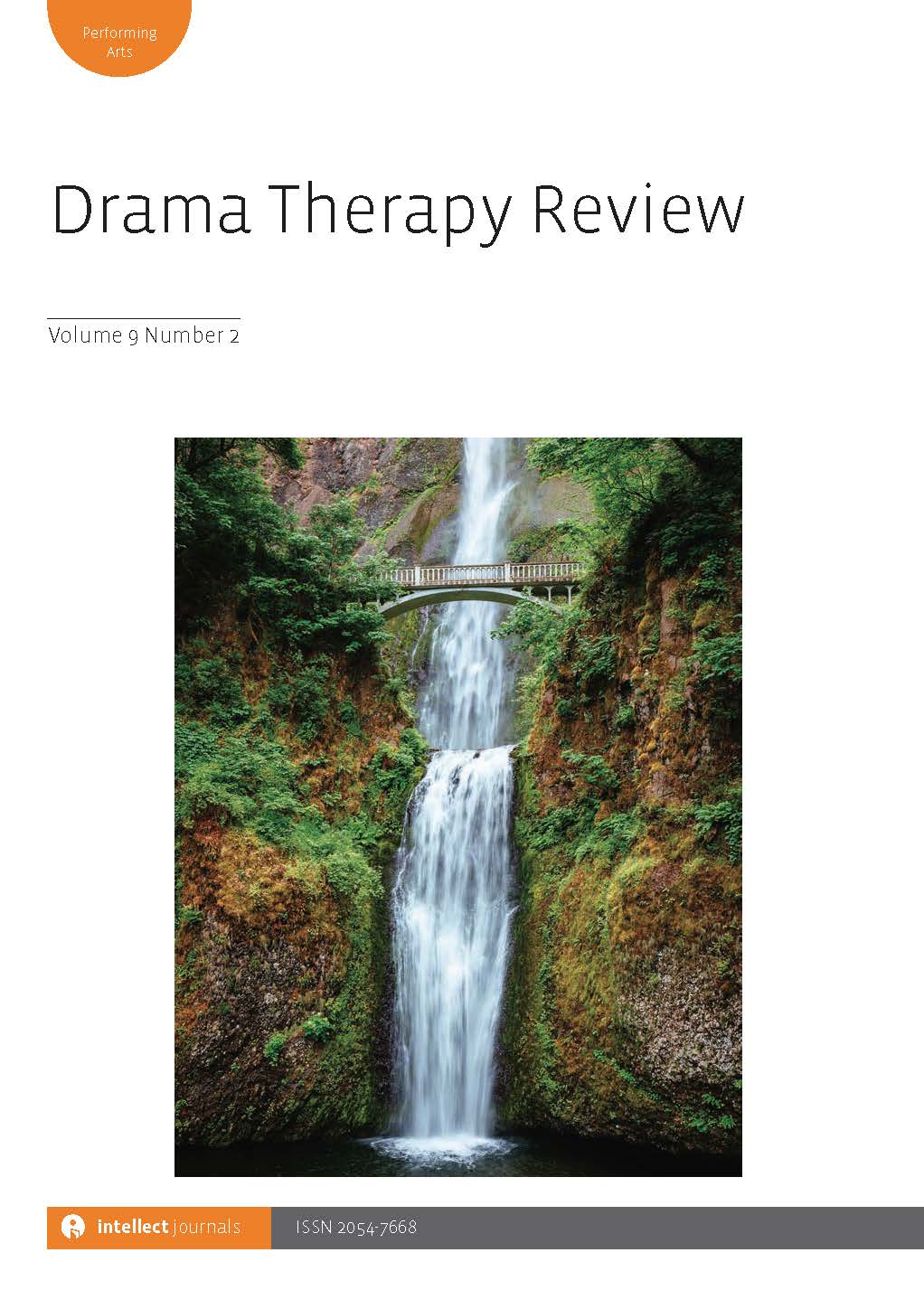
Full text loading...

Playback Theatre (PT) training with youth may be uniquely suited to enable the development of healthy pro-social behaviour amongst adolescents. In this study, 22 participants who were engaged in the Keep the Peace Leadership Program (KPLP), a PT initiative addressing themes of bullying perpetration and victimization, were interviewed about their experience. Qualitative findings were translated into an ethnodramatic play entitled Phoenix Rising to illuminate how PT fostered dialogue about different kinds of bullying.
ResumenEl entrenamiento en Teatro Playback (PT) con jóvenes puede ser especialmente adecuado para estimular el desarrollo de comportamientos pro-sociales saludables entre adolescentes. En este estudio, se entrevistó a 22 participantes en el Programa de Liderazgo Keep the Peace (KPLP), una iniciativa de PT que aborda temas de perpetración y victimización por acoso escolar. Los hallazgos cualitativos se tradujeron en una obra etnodramática titulada Phoenix Rising para iluminar cómo PT fomentó el diálogo sobre diferentes tipos de acoso escolar.
RésuméLa formation de Théâtre Playback (PT en anglais dans le texte) avec les jeunes peut être particulièrement adaptée pour permettre le développement d’un comportement pro-social sain chez les adolescents. Dans cette étude, 22 participants qui étaient engagés dans le Keep the Peace Leadership Program (KPLP) – une initiative de TP traitant des thèmes de l’intimidation et de la victimisation – ont été interrogés sur leur expérience. Les résultats qualitatifs ont été traduits dans une pièce ethnodramatique intitulée Phoenix Rising pour montrer comment le PT a favorisé le dialogue sur différents types d’intimidation.

Article metrics loading...

Full text loading...
References


Data & Media loading...

Publication Date:
https://doi.org/10.1386/dtr_00029_1 Published content will be available immediately after check-out or when it is released in case of a pre-order. Please make sure to be logged in to see all available purchase options.